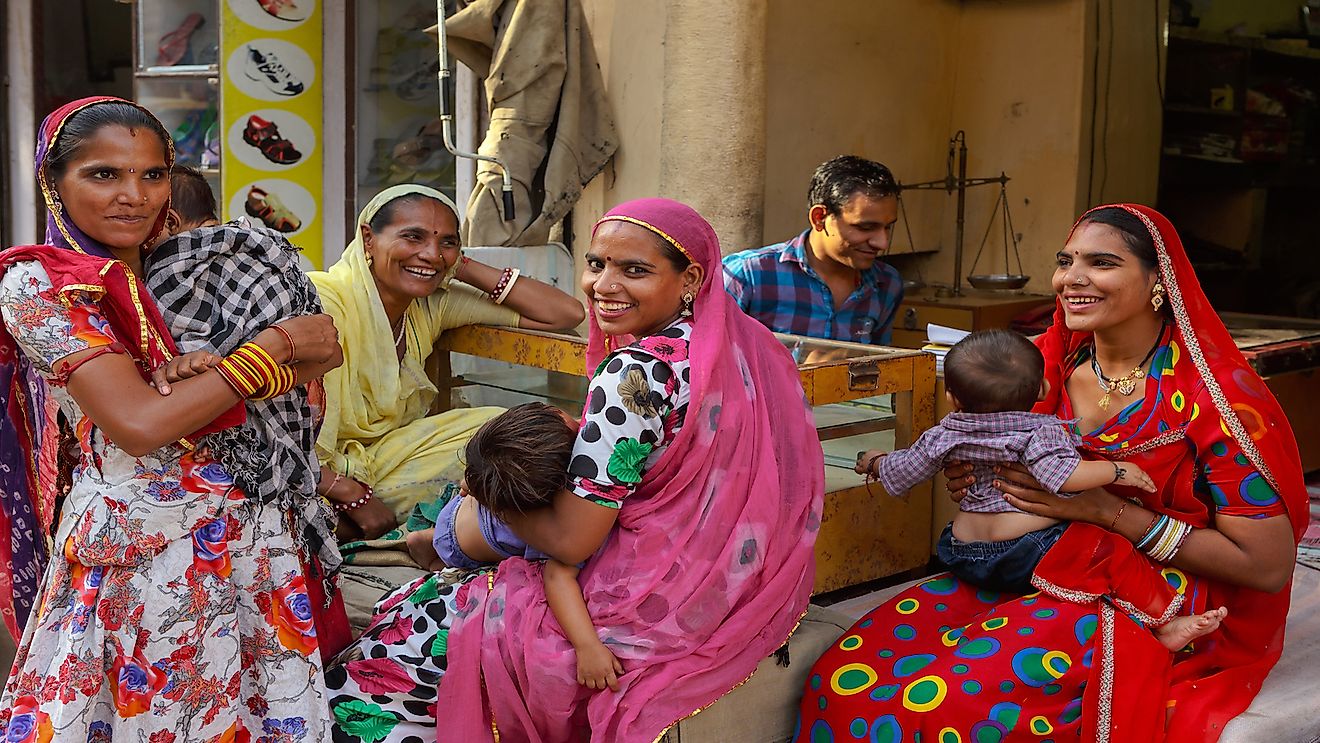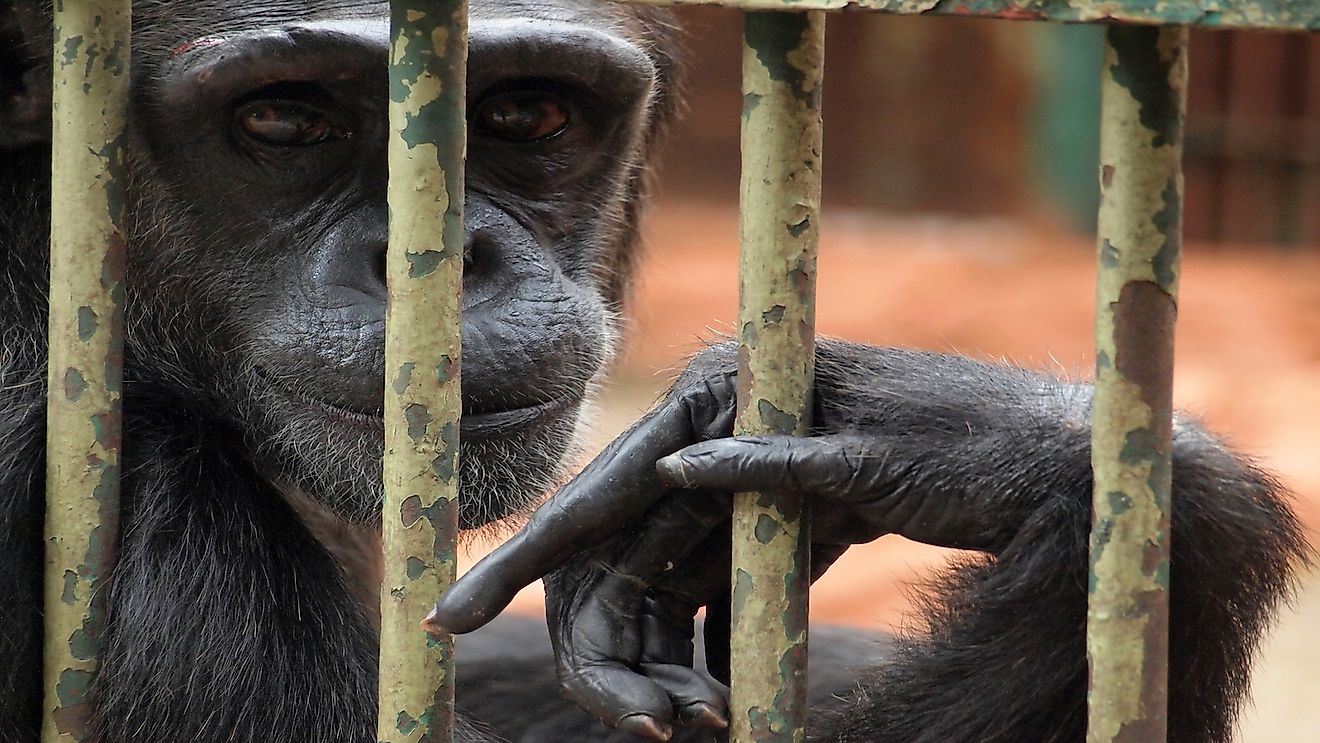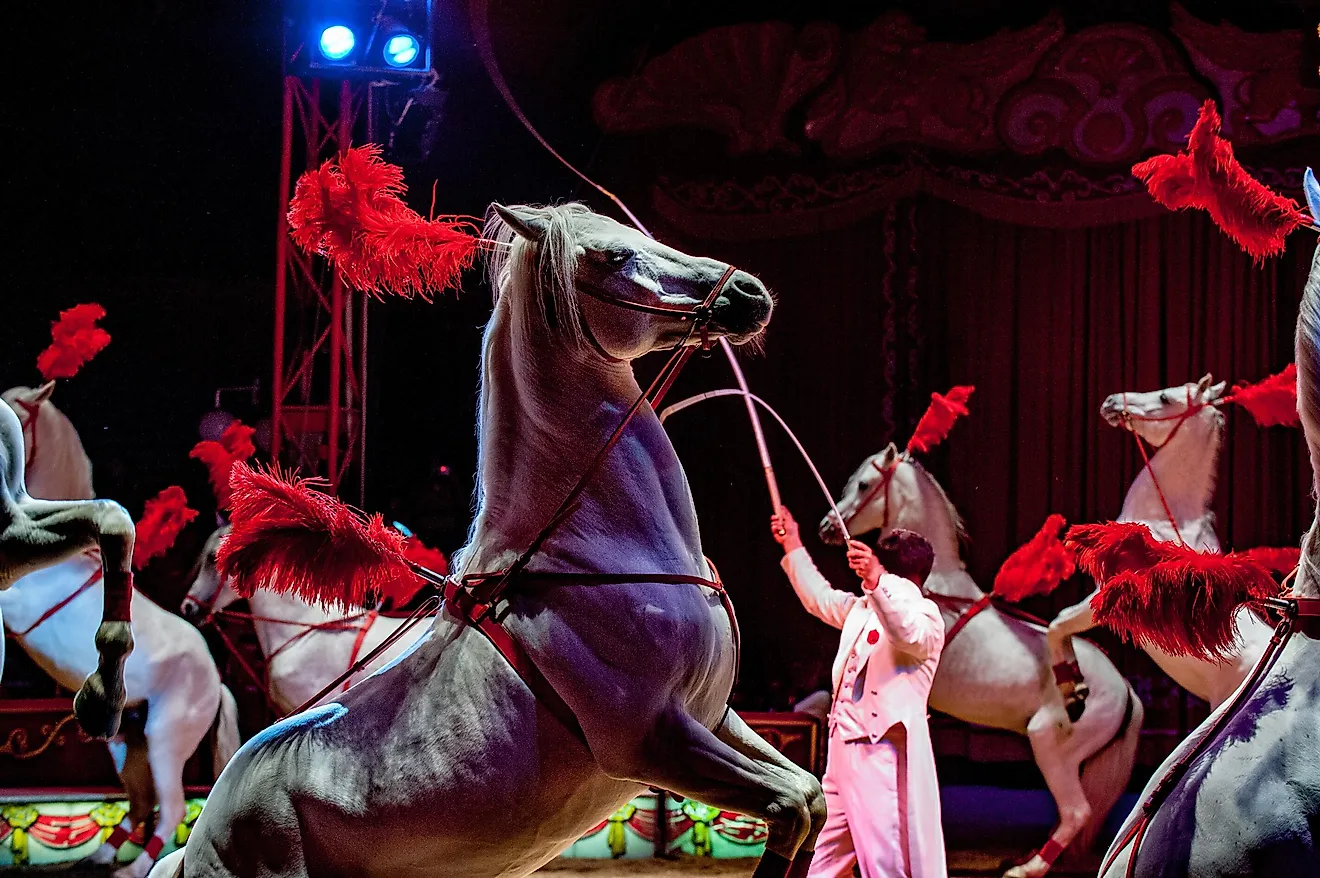What is Volksgemeinschaft?
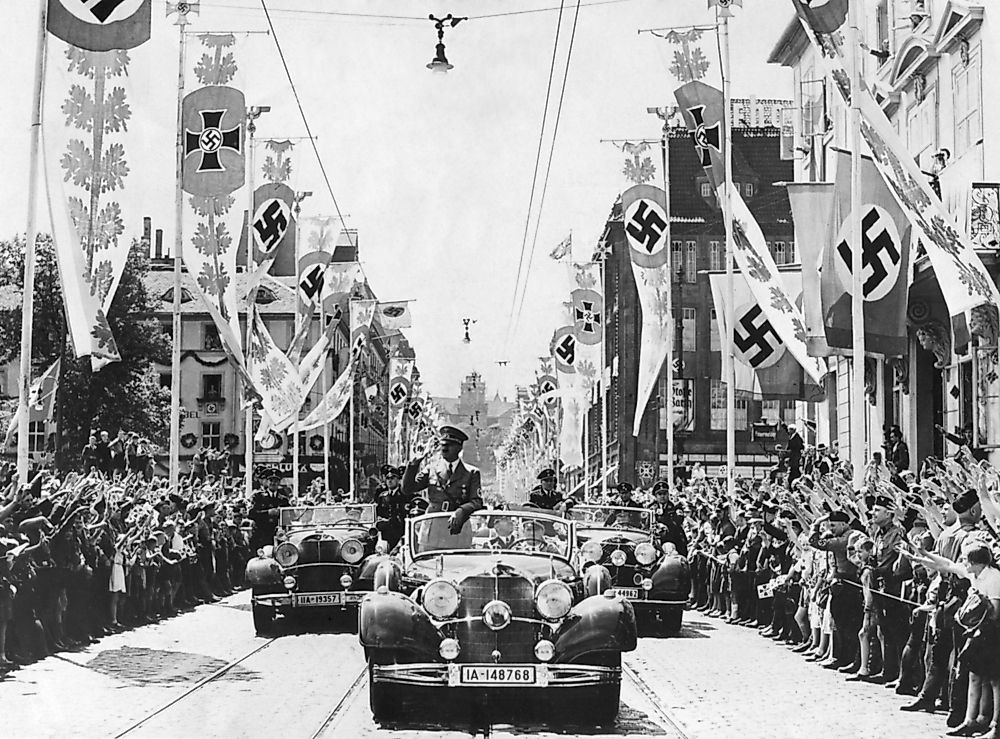
Volksgemeinschaft is a German phrase that refers to the likeness of a community. It was a key ideological concept in the creation of Nazi discourse. A new kind of identity was supposed to be built on the elements of this concept - a unified, racially-homogenous nation that had one leader, The Fuhrer, who would be followed by all the citizens of the Nazi State.
Volksgemeinshaft revolves around the presumption that there is only one dominant type of race. Everyone else, who doesn’t fit the exact physical and mental characteristics proposed by The Fuhrer, is subordinate. That way, all of the Volk, or the People, were set up to be docile and ready for anything the leaders of the State wish them to do.
Darwinistic Foundations
The whole idea heavily relies on the concepts proposed by Darwinism where the world was made up of different types of races, and they have no choice but to enter the battlefield where they will fight for survival through dominance. In Nazi ideology, the dominant race was Aryan, the only pure race and all others were there to be taken advantage of and in time, erased from the face of the Earth. During the time of Nazi Propaganda, all other ideologies were completely shut down as a viable way of thinking.
The concepts of democracy or any type of Liberalism had no place in the structure of Volksgemeinschaft. The reason was the goal of creating a man that is willing to do anything for the State without questioning or even discussing the alternatives.
Ways of the Propaganda
The most effective way to spread the ideas, or propaganda, was by organizing significant national events, military parades and gathering people in huge numbers. Nazi Propaganda followed rules that were used in the modern type of advertising in the United States of America. To create a love for the State, the Nazi’s were reaching far and deep into people’s feelings and not so much into their rational way of thinking. Hitler even had the idea that those type events are more productive during the night time of the day because the people would more likely accept the views of the propaganda.
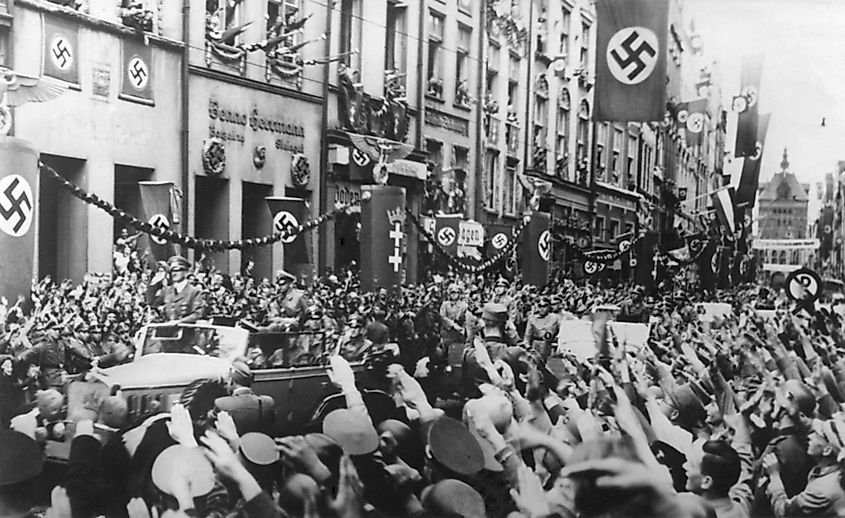
The mass gatherings always included all sorts of national symbols, flags, and banners along with marching band types of music. They would serve as a stage where the military power of Nazi Germany could be displayed. During these types of events, the goal was to produce a single way of thinking, where all of the participants could focus on the same thing and could ultimately ask themselves the question: how can I be beneficial to the State? Also, by going through that process of association with others that think like them, it was easier to distinguish them from the minorities, which in the case of Nazi Germany, was the rest of the world.
Youth as A Focus of the Propaganda
Volksgemeinschaft propaganda often focused on the younger part of the population. As the Nazi leaders like Goebbels explained it, the youth’s possibilities to strive towards discipline wasn’t as apparent as it was among the older citizens. The youth was easier to manipulate and were more likely to be obedient towards the authority of the Fuhrer. This type of thought proved to be especially effective when it came to the mobilization of the nation when World War II started. The younger population was already indoctrinated into the Nazi ideology and were ready to participate in a global war against everyone that were not of the Aryan race.
During the Nazi period in Europe, Volksgemeinschaft proved to be a successful way of creating a unified way of thinking and producing docile bodies. It had the sole purpose of serving the State and not exploring other social and cultural alternatives. Having the society set up that way, it wasn’t a surprise to see the mass military mobilization in Germany during World War II.





